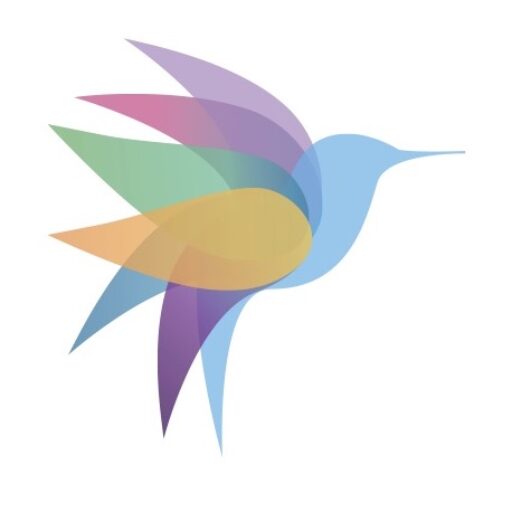
The Quality Management System (QMS) scope, sets boundaries and applicability of your QMS and it is also included in the ISO 9001 certificate, so it’s very important to identify and must be documented.
Try not to jump ahead with finalising your scope. Before defining your scope, you must take into consideration the following factors:
- The external and internal issues that are relevant to the purpose of your organisation;
- Your organisations strategic direction, and your ability to achieve intended results;
- The requirements of relevant interested parties (internal and external);
- The products and services of your organisation.
As the QMS scope will available for all to see, in and outside of your organisation, you will likely want to keep it simple, short and easy to understand. It will help an auditor have a clear picture of your organisations purpose and activities, it will show you have considered your interested parties expressed needs and expectations, and it will ensure your organisation is aware of their involvement in the QMS.
How has the scope changed since the revision of the standard?
The 2008 standard referred to ‘exclusions’, unfortunately this was used in some cases as an excuse not to meet the standard in certain areas. Now however, the Appendix A5, specifically mentions that ‘exclusions’ are no longer referred to in the 2015 standard.
The revised standard focuses on ‘Applicability’. What’s applicable to your organisation depends on the organisation size, complexity, your practiced management model, range of organisational activities and nature of risk and opportunities it encounters. So your organisation can decide if a requirement from the ISO 9001:2015 Standard is applicable to the processes and activities in your organisation.
Remember that if you do decide a requirement isn’t applicable, you are responsible to ensure this doesn’t negatively impact your products and services!

You must be logged in to post a comment.